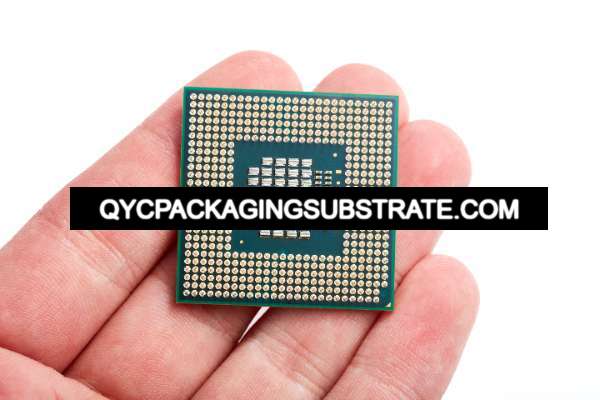Multilayer Load PCB Manufacturer.As a leading Multilayer Load PCB Manufacturer, we specialize in producing high-quality, multi-layer printed circuit boards that cater to various industries. Our advanced manufacturing techniques ensure superior performance, reliability, and efficiency in every product. With a focus on innovation and precision, we deliver PCBs that meet the rigorous demands of modern electronic applications.
Multilayer Load PCBs (Printed Circuit Boards) are designed to handle high-current and high-power applications efficiently. These specialized PCBs are crucial in industries where robust electrical performance and reliable power distribution are essential. This article delves into the structure, materials, manufacturing processes, applications, advantages, and frequently asked questions (FAQs) related to Multilayer Load PCBs.
Structure of Multilayer Load PCBs
Multilayer Load PCBs are structured to accommodate heavy loads and ensure efficient power distribution:
Typically made from high-temperature laminates like FR-4 or specialized materials with high thermal conductivity and electrical insulation properties.
Multiple layers of copper foils are used for conductive traces and power planes to handle high currents without excessive heating.

Multilayer Load PCB Manufacturer
Insulating layers between copper layers prevent short circuits and ensure electrical isolation.
Thick copper layers dedicated to power distribution (VCC) and grounding to minimize impedance and ensure stable voltage supply.
Plated through-holes and microvias connect layers, enabling efficient current flow and reducing electromagnetic interference (EMI).
Protects copper traces from oxidation and facilitates soldering during assembly.
Ensures solderability and protects exposed copper surfaces.
Materials Used in Multilayer Load PCBs
Key materials used in Multilayer Load PCBs include:
High-temperature laminates (e.g., FR-4), polyimides, or specialized materials with high thermal conductivity and electrical insulation properties.
High-conductivity copper foils for conductive traces and power planes.
Resin-based materials with low dielectric constants to minimize signal loss and impedance.
OSP (Organic Solderability Preservatives), ENIG (Electroless Nickel Immersion Gold), or HASL (Hot Air Solder Leveling) for surface protection and solderability.
Manufacturing Process of Multilayer Load PCBs
The manufacturing process includes:
CAD software for layout design considering power distribution and thermal management.
Alternate layers of copper and dielectric laminates are bonded under heat and pressure.
Precision drilling for vias and microvias.
Electroplating copper inside vias and on surface layers.
Chemical etching to define conductive traces.
Applying solder mask to protect non-conductive areas.
Applying surface finish for solderability and protection.
Mounting components and soldering.
Electrical and functional testing.
Applications of Multilayer Load PCBs
Multilayer Load PCBs are used in:
High-current power distribution boards in power supplies and converters.
Motor control, robotics, and industrial automation.
Electric vehicles (EVs), battery management systems (BMS).
Base stations and network infrastructure.
Solar inverters and wind turbine control systems.
Advantages of Multilayer Load PCBs
Multilayer Load PCBs offer several significant advantages:
Designed to handle high currents without overheating.
Stable power distribution and reduced EMI.
High-density interconnects for compact designs.
Efficient heat dissipation.
Suitable for various high-power applications.
FAQ
What are the main advantages of using Multilayer Load PCBs in power electronics?
Multilayer Load PCBs offer high current handling capability, reliable power distribution, and efficient thermal management, crucial for power electronics applications requiring stable voltage supply and minimal heat dissipation.
How are Multilayer Load PCBs different from standard PCBs?
Multilayer Load PCBs are designed with thicker copper layers, dedicated power and ground planes, and enhanced thermal management features to handle higher currents and ensure reliable power distribution compared to standard PCBs.
What industries commonly use Multilayer Load PCBs?
Multilayer Load PCBs are widely used in industries such as power electronics, industrial automation, automotive electronics, telecommunications, and renewable energy, where robust electrical performance and efficient power distribution are critical.
How are Multilayer Load PCBs manufactured to ensure reliability?
Multilayer Load PCBs undergo rigorous manufacturing processes including precision drilling, copper plating, etching, surface finishing, and comprehensive testing to ensure high reliability, durability, and performance under demanding operating conditions.
 Professional Flip-Chip Packaging Substrate Supplier
Professional Flip-Chip Packaging Substrate Supplier
